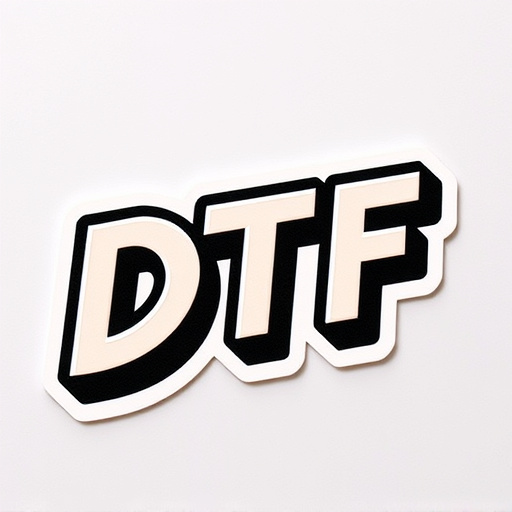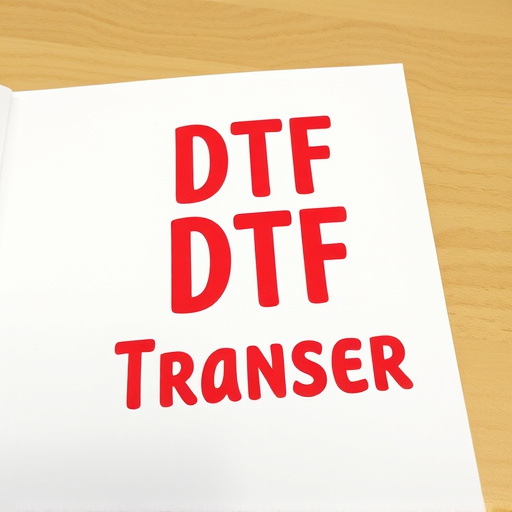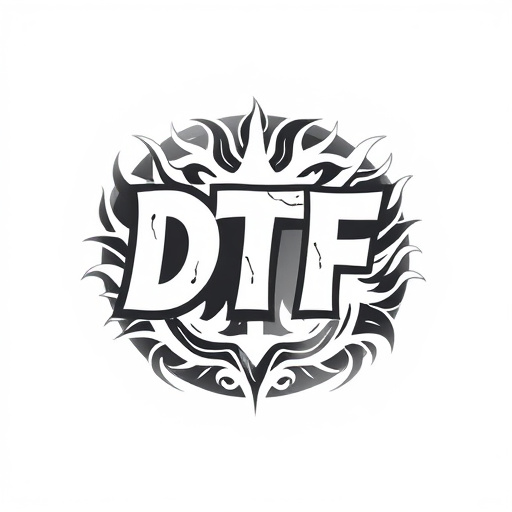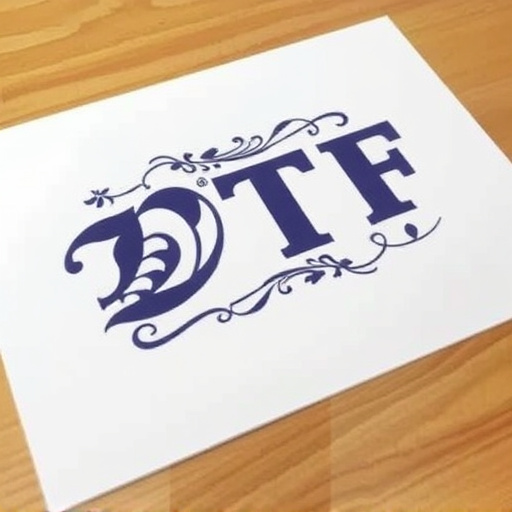Custom DTF Transfers, with their delicate construction and vibrant colors, require stringent storage security measures to prevent physical damage, light fading, chemical degradation, and counterfeiting. Best practices include securing workspaces, using fireproof/waterproof safes, encrypting digital data with AES-256, enabling multi-factor authentication, regularly backing up data off-site, utilizing firewalls and antivirus software, and implementing VPNs. Digital signatures verify transfer integrity and protect against unauthorized changes, ensuring the longevity and authenticity of Custom DTF Transfers.
In today’s digital landscape, secure storage of custom DTF transfers is paramount. This article explores best practices to safeguard these sensitive data elements. We begin by demystifying custom DTF transfers, highlighting their vulnerabilities and importance. Subsequently, we delve into robust security measures designed to protect them from unauthorized access. Finally, we present practical tools and strategies for enhanced protection, ensuring your custom DTF transfers remain secure in an ever-evolving digital environment.
- Understanding Custom DTF Transfers and Their Vulnerabilities
- Implementing Security Measures for Safe Storage
- Best Practices and Tools for Enhanced Protection
Understanding Custom DTF Transfers and Their Vulnerabilities

Custom DTF Transfers represent a cutting-edge method for applying intricate designs and graphics to various materials, from clothing to accessories. This process involves the use of specialized printing technology that directly transfers a design onto a substrate using a thin film layer. While offering unparalleled creative possibilities, custom DTF Transfers also come with inherent vulnerabilities that require careful consideration for secure storage.
Understanding these potential risks is crucial. The thin transfer films are delicate and susceptible to physical damage, fading from exposure to light, and chemical degradation if not handled properly. Furthermore, the intricate designs and vibrant colors can make these transfers highly desirable targets for counterfeiting or unauthorized reproduction. Thus, implementing robust storage practices becomes essential to safeguard the integrity of custom DTF Transfers, ensuring their longevity and maintaining the trustworthiness of the products they adorn.
Implementing Security Measures for Safe Storage
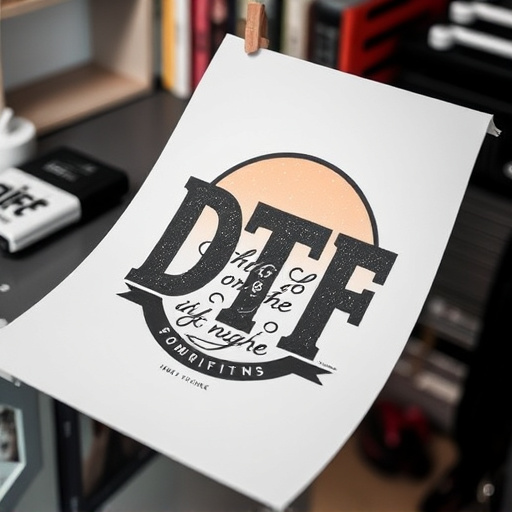
Implementing robust security measures is paramount when storing Custom DTF Transfers, as they ensure the integrity and protection of your designs. Begin by securing your workspace; this involves locking doors, maintaining proper lighting, and implementing access control systems to restrict unauthorized entry. Next, invest in secure storage solutions like fireproof and waterproof safes or locked cabinets for physical storage. For digital files, utilize encrypted software and secure cloud storage with strong access passwords or multi-factor authentication.
Additionally, regular backups are essential; store multiple copies of your Custom DTF Transfers on different media and keep them at off-site locations to safeguard against data loss or destruction. Employ firewalls and antivirus software to protect against cyber threats, and ensure all devices used for transfer storage and printing (like dtf printing, direct to film personalized hoodies, and custom sheets for heat pressing designs onto garments) are updated with the latest security patches.
Best Practices and Tools for Enhanced Protection
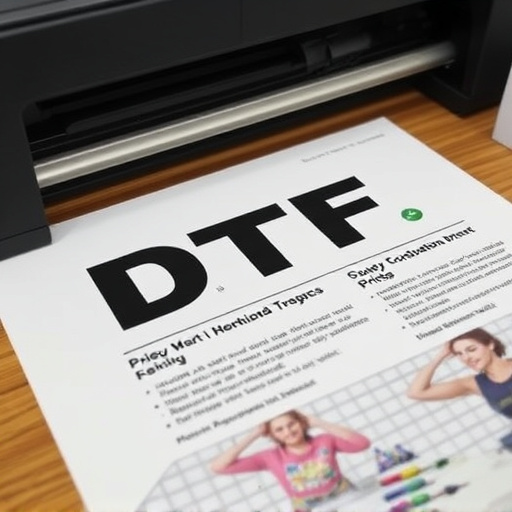
To ensure the safety and security of Custom DTF Transfers, implement robust best practices and leverage advanced tools designed for enhanced protection. Start by employing secure data storage solutions that utilize strong encryption algorithms to safeguard your digital assets. This includes employing industry-standard encryption protocols like AES-256, which renders data unreadable without the correct decryption keys. Additionally, leverage cloud storage services offering multi-factor authentication (MFA) for an extra layer of protection.
Regularly update and patch all software related to DTF transfer processes to patch known vulnerabilities. Utilize trusted antivirus and anti-malware solutions to detect and prevent any malicious activities. For added security, consider implementing a Virtual Private Network (VPN) to encrypt internet traffic, ensuring that data transmitted during transfers remains confidential. Additionally, employ digital signatures for verifying the integrity of each dtf transfer film or DTF for Apparel file, preventing unauthorized modifications.
Custom DTF transfers, while offering unique advantages, require robust security measures to protect sensitive data. By understanding their vulnerabilities and implementing best practices outlined in this article—such as encryption, access controls, regular backups, and secure storage solutions—businesses can safeguard their digital assets effectively. Embracing these practices ensures the integrity and confidentiality of Custom DTF Transfers, fostering a secure environment for both businesses and their clients.








